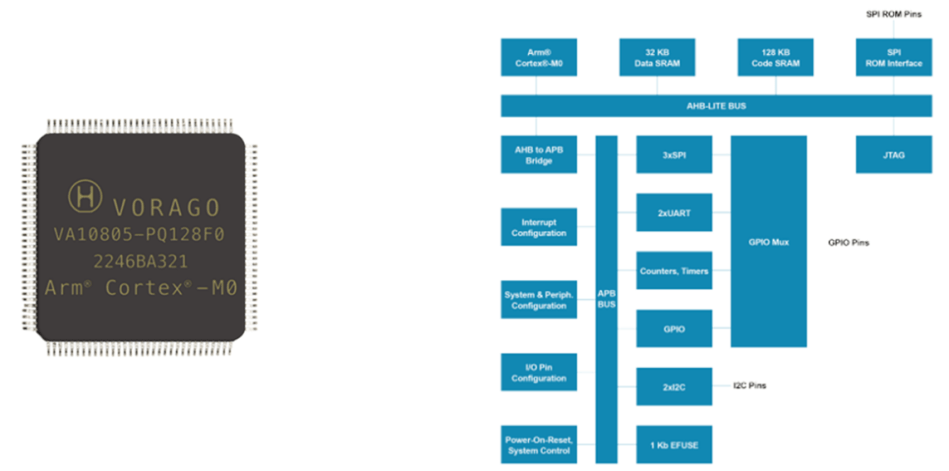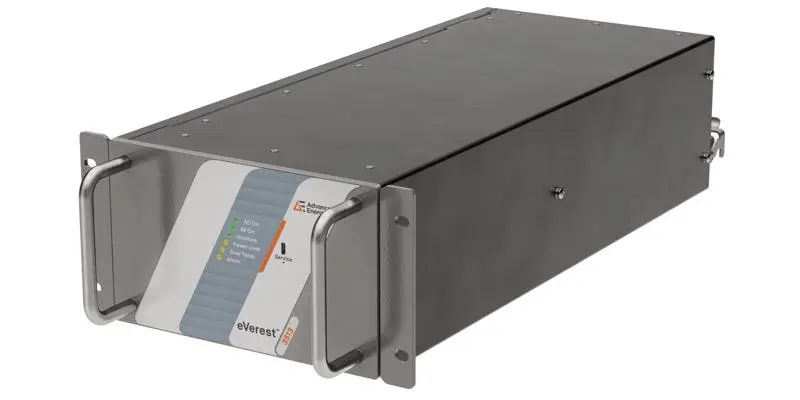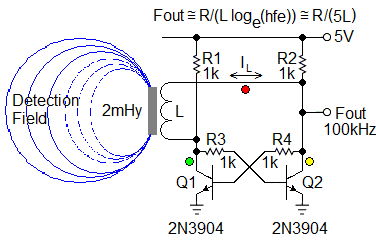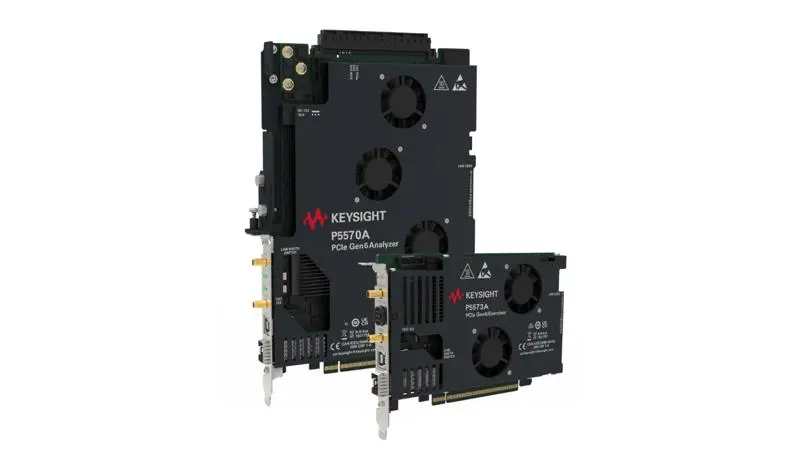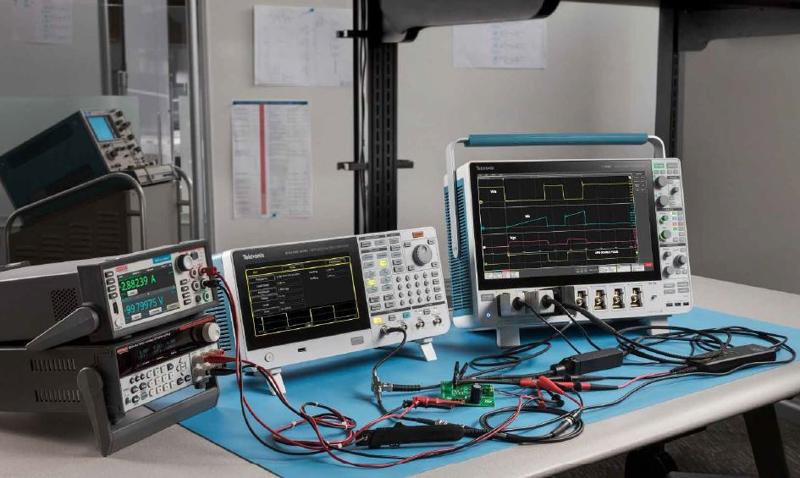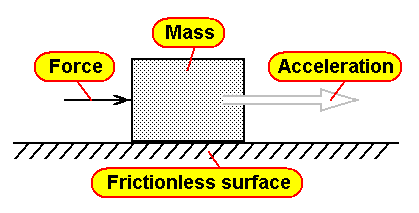
LightFair 2023 recap
- Analog
- 2023-09-23 21:19:39
Another Light Fair has come and gone, and this year marked a potential turning point in the fortunes of what was once the premier lighting-focused trade show in North America. The show was held in May at the Javitz Center in New York and attracted over 300 exhibitors and over 11,000 attendees, up from the past couple of years but nowhere near the size of the show at its zenith (Figure 1). Missing were many of the largest players in the LED lighting and controls industry (along with their gigantic booths), which contributed to a show floor that was more open and easier to navigate. The LED lighting industry has matured and the products on display reflected that, representing incremental change instead of the huge leaps and bounds of the industry’s earlier days.
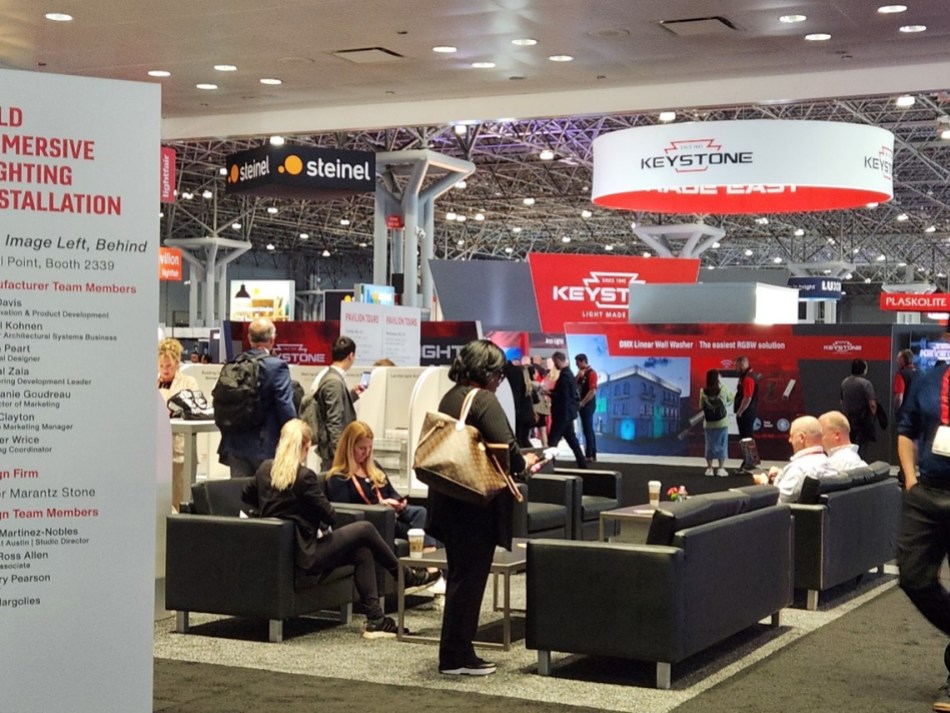
As in past years, the show also featured three days of educational sessions. One of the most engaging was a “show-n-tell” of several of products that came from Kyocera SLD Laser—the self-proclaimed maker of the world’s first white laser light emitter.
To review this education session: a spontaneous emission occurs after an electron at a lower energy state absorbs a passing photon and transitions to a higher energy state. Eventually the electron will seek to return to a lower state, emitting a photon in the process. This emitted photon’s wavelength will correspond to the energy of the initial low to high transition, but its direction will be random. However, a passing photon can also cause an already excited electron to transition from a higher to lower energy state, resulting in the emission of a second photon that matches the wavelength, phase, and direction of the original. This is referred to as stimulated emission and is the mechanism driving lasers.



The emitted photons are amplified through reflection between a pair of mirrors at each end of the crystal. As they travel, unlike frequencies cancel out, leaving photons that share a single frequency. Some of these photons go on to stimulate additional emissions by means of reentry into the crystal and some exit through one of the mirrors as a highly coherent beam of light.
It’s worth noting a third class of light emitting semi-conductor product, the superluminscent (SLD) diode, that completes the light-emitting diode trifecta. SLDs possess characteristics similar to both LEDs and lasers. Like LEDs, the SLD is an incoherent source, but with an emitted bandwidth that, depending of the construction of the device, can range from something similar to a single-color LED to much broader bandwidths. And like lasers, an SLD device incorporates amplification but instead of mirrors, an optical waveguide in the surface of the crystal is employed.
The biggest advantage of laser diode sources over LEDs is the area of efficacy. Because LEDs are a spontaneous emissions source, the theoretical maximum efficacy that can be achieved is approximately 638 lm/watt at 555 nm (green). White light is even further limited to 250 to 380 lm/watt, depending upon the color temperature. Additionally, because laser diode sources emit light with a very narrow beam angle, the light is able to travel longer distances at higher brightness. This can be advantageous for certain applications such as outdoor directional lighting, architectural and entertainment lighting, and even off-road lighting. However, use in general lighting applications would most likely require additional optics to disperse the emitted beam over a wider area. According to Kyocera SLD Laser, laser sources represent the next big step in the evolution of lighting.
Switching subjects, a presentation addressing the DALI suite of standards proved useful in explaining the distinctions surrounding this digital communication protocol, which is struggling to gain wide-spread acceptance in North America. The recent introduction of the DALI-2 sub-standards and D4i requirements only add to the already considerable confusion as to how (and if) the suite of standards apply.
Briefly, The DALI suite of standards was first released in the early 1990s under the auspices of IEC 62386. The standard is composed of a number of sub-standards, called Parts, that address various aspects of lighting controls based on a digital protocol. The actual standards development work is undertaken by the DALI Alliance, a global industry organization. What was originally called “DALI”, but is now usually referred to as “DALI-1”, included communication protocol requirements for luminaires, the communication bus, the bus power supply, and input devices as part of a lighting control system.
In 2017, the DALI suite expanded to include additional functionality not addressed in the original. This enhanced suite is referred to as “DALI-2” and includes parts addressing specifications for increased interoperability and more stringent test protocols. Also included is a requirement for independent verification of conformance in order to use the DALI trademark. D4i, released in 2020, is an extension of DALI-2 in that it provides a mandatory set of LED driver features to facilitate intra-luminaire communication and data gathering.
The diagram below shows the DALI-2 suite of standards currently released under IEC 62386. The diagram in Figure 2 might explain the current hesitance for North American companies to consider the DALI protocol in their projects.

Figure 2 The general requirements and system components for the DALI-2 standard where the many “Parts” may contribute to excessive complexity and a hesitancy for North American manufacturers to adopt the protocol. Source: DALI Alliance
Turning back to Light Fair 2023, the recent proliferation of regional shows has prompted a decision to hold Light Fair biannually, which may have a salutary effect in terms of the number of show exhibitors and attendees. Whether or not Light Fair has found its place in the post-COVID tradeshow ecosphere remains to be seen.
—Yoelit Hiebert has worked in the field of LED lighting for the past 10 years and has experience in both the manufacturing and end-user sides of the industry.
Related Content
LightFair 2022 recapConsiderations in the selection of UV LEDs for germicidal applicationsLightFair 2021 recapA brief history of the LEDLightFair 2023 recap由Voice of the EngineerAnalogColumn releasethank you for your recognition of Voice of the Engineer and for our original works As well as the favor of the article, you are very welcome to share it on your personal website or circle of friends, but please indicate the source of the article when reprinting it.“LightFair 2023 recap”

